Most of us are all too familiar with the unpleasant symptoms of food poisoning, from vomiting to diarrhoea and debilitating stomach cramps. Although viruses play a role, bacteria are common offenders, with Salmonella and Campylobacter topping the poisoning charts. Some bacteria wreak havoc by multiplying in the body before delivering their toxins, which spark an immune reaction in the gut. Others, such as Staphylococcus aureus, poison us by contaminating food with toxins.
Bacteria enter
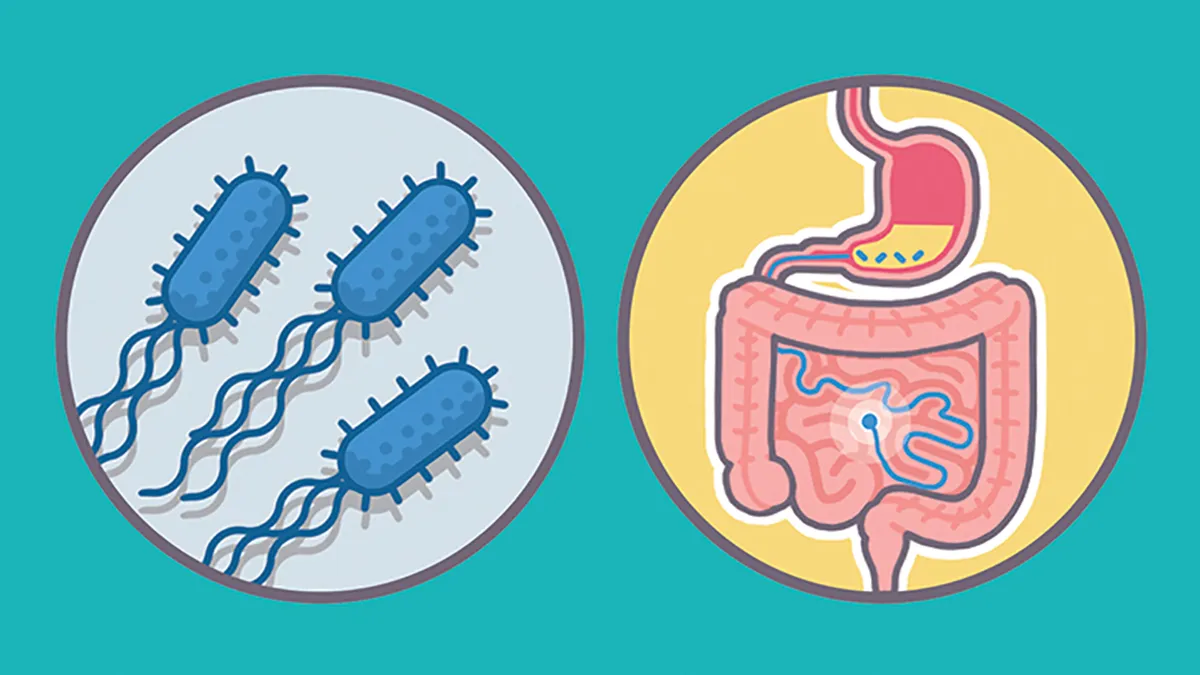
Some bacteria or enterotoxins (intestinal toxins) can survive harsh stomach conditions, making their way to the gut. There, the misery begins, sometimes up to 72 hours after eating the offending meal.
Bacteria multiply
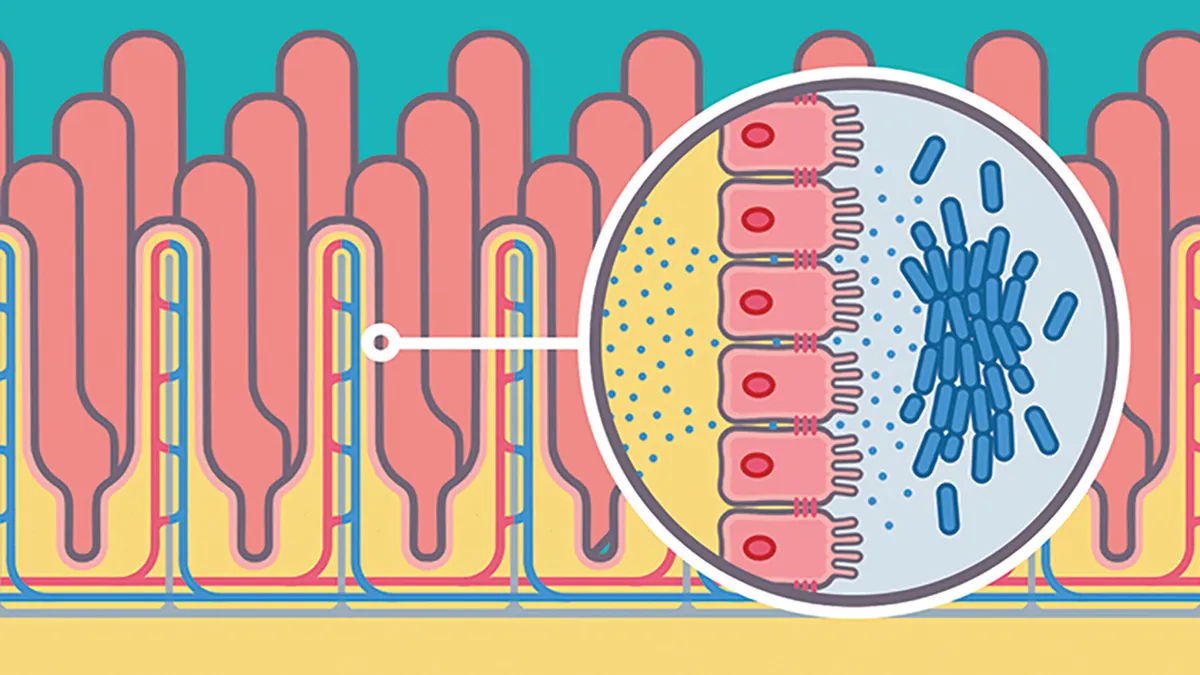
Undetected by the body’s immune system, the bacteria quietly multiply, producing toxins. These invade and penetrate the gut lining, setting off a strong immune response.
Immune response
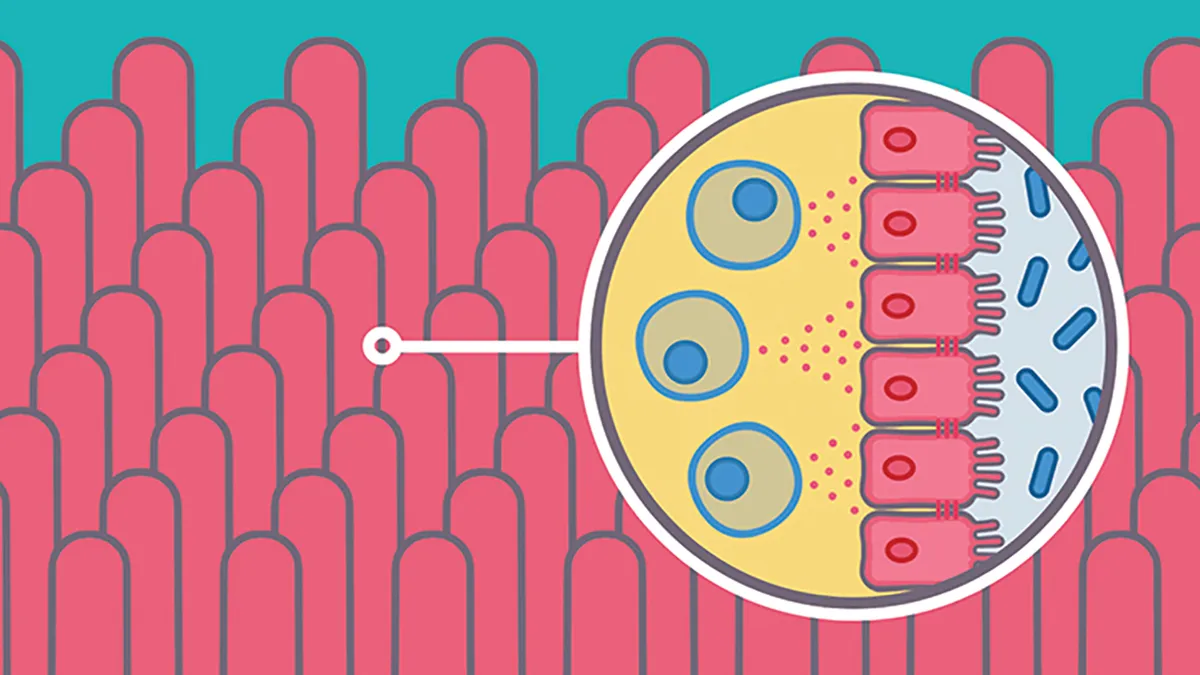
Immune cells release signalling proteins called pro-inflammatory cytokines, which set in motion a series of steps causing gut inflammation and swelling, leading to discomfort.
Flooded intestines
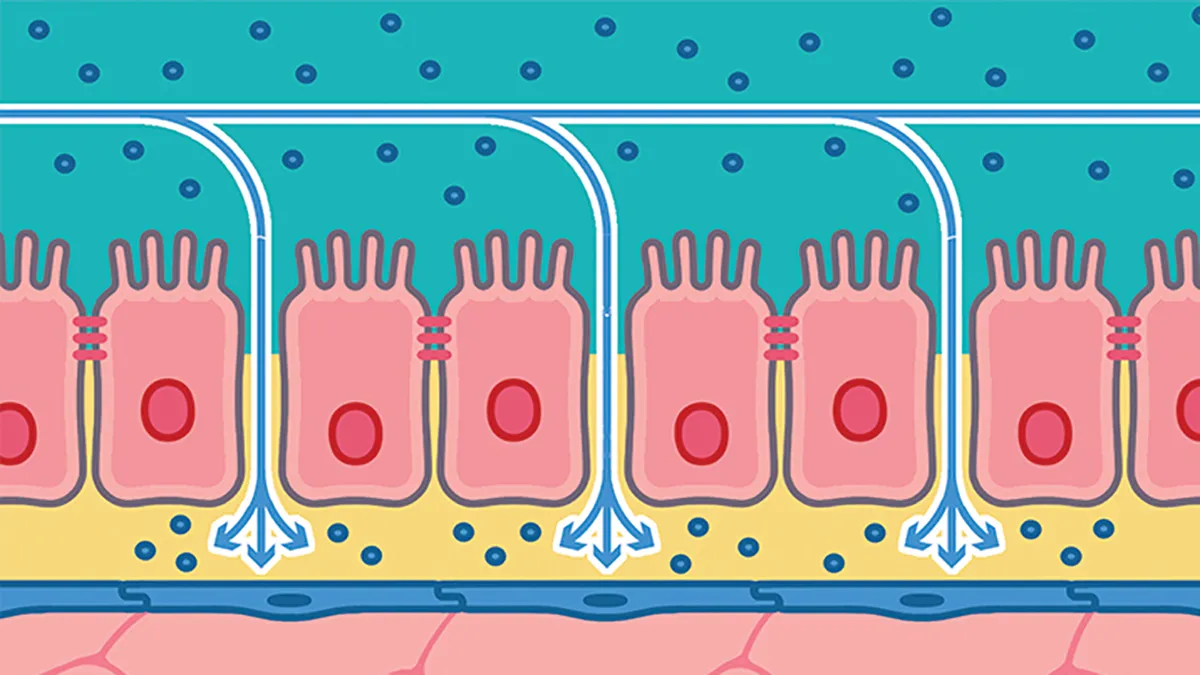
The intestinal wall is designed to absorb nutrients and water from food. Bacterial toxins can cause pores to open in the wall, allowing water and other molecules to flood in.
Diarrhoea and dehydration
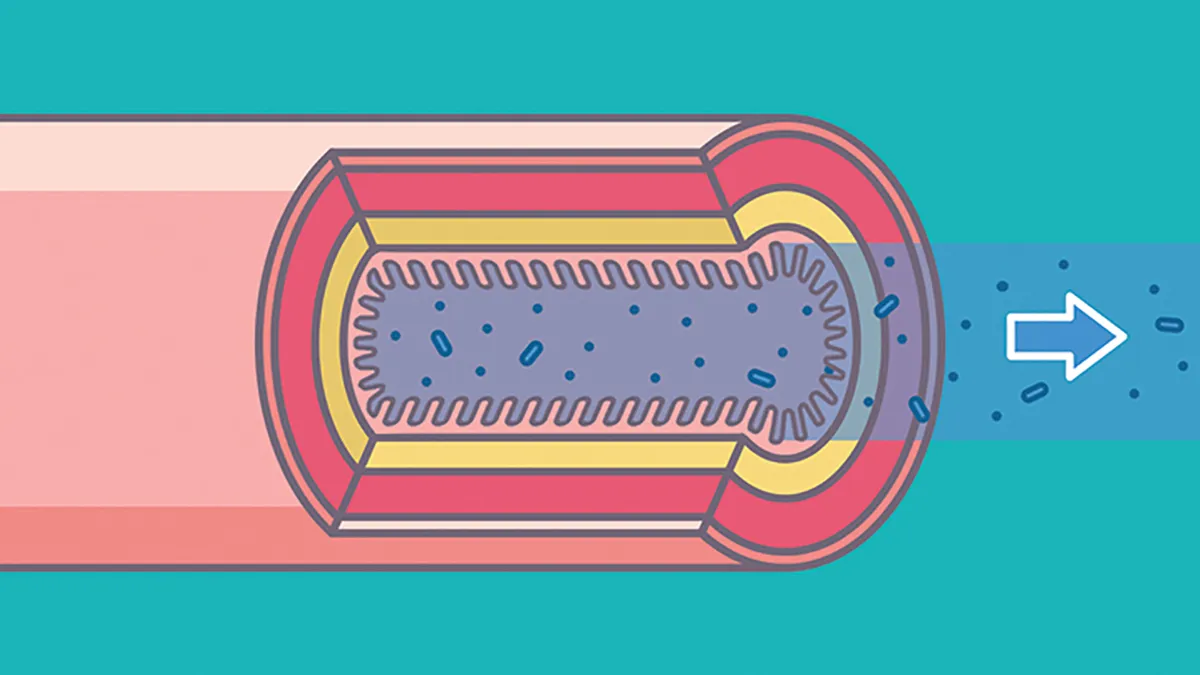
The excess fluid and electrolytes in the gut lead to watery diarrhoea, which has a beneficial role of flushing out the bacteria and their toxins. It can, however, cause dehydration.
Vomiting
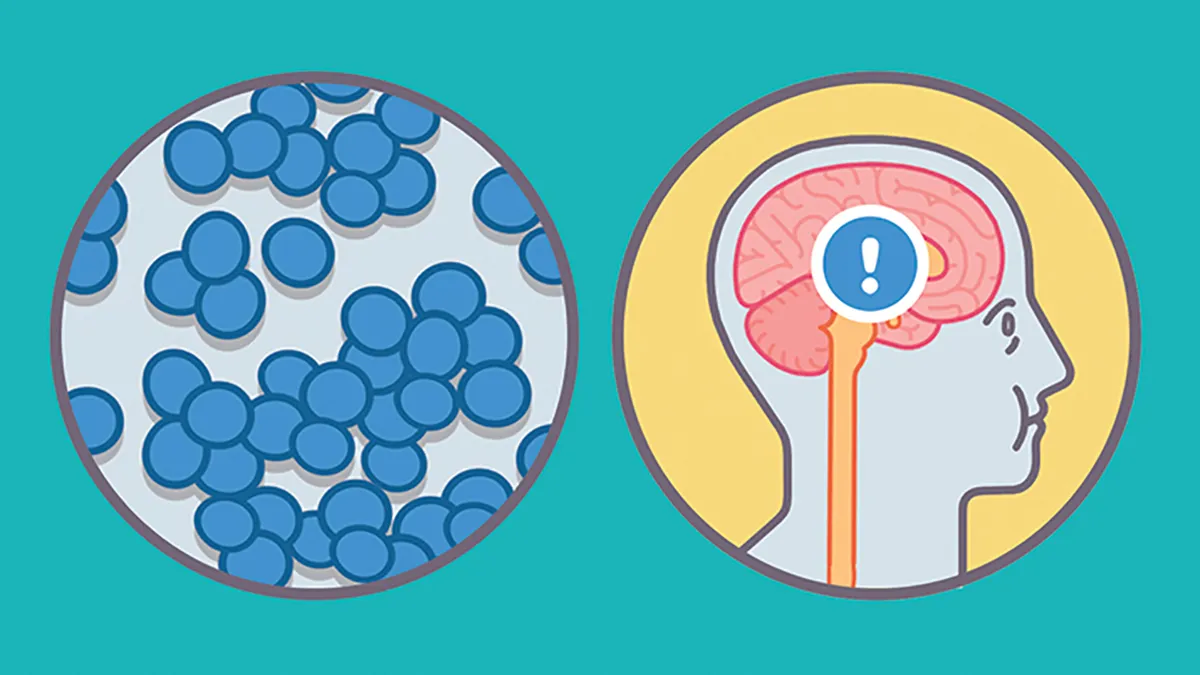
Some bacteria don’t cause vomiting, but Staphylococcus aureus enterotoxins do. Research suggests that they may stimulate the vagus nerve which transmits a signal to the brain’s vomiting centre.
Read more:
Subscribe to BBC Focus magazine for fascinating new Q&As every month and follow @sciencefocusQA on Twitter for your daily dose of fun science facts.